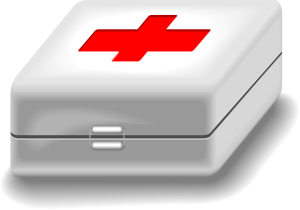Translation services for Medical Device Manuals UK are critical for patient safety and regulatory compliance, especially in the stringent UK market. These services employ native speakers with medical expertise to accurately translate complex jargon and cultural nuances in healthcare literature across languages. They use advanced tools and industry-specific glossaries, with rigorous quality assurance processes including native speaker proofreading, to eliminate errors and ambiguity. Choosing a provider requires prioritizing medical device expertise, understanding of industry terminology, and compliance with regulations like MHRA directives. The process involves crafting detailed translation briefs, multiple stages of review by expert linguists, automated QA tools, collaboration with subject matter experts (SMEs), cultural adaptation, and iterative feedback loops to maintain consistent quality. Reputable companies keep manuals current with advancements through regular updates, ensuring safer and more effective global device utilization.
Ensuring accurate translations of medical device manuals is paramount for effective communication, patient safety, and regulatory compliance. In a global market like the UK, where diverse languages and cultural contexts exist, professional translation services play a crucial role in preserving precision and clarity. This article explores a comprehensive approach to translating medical device manuals, covering everything from understanding the significance of accurate translations to handling technical terminology and cultural adaptation. Learn how to choose the right provider, develop detailed briefs, implement quality assurance processes, and foster continuous improvement to meet the evolving needs of the healthcare industry in the UK.
- Understanding the Importance of Accurate Translations for Medical Device Manuals
- The Role of Professional Translation Services in Ensuring Precision
- Key Considerations when Choosing a Translation Provider
- Developing a Comprehensive Translation Brief for Medical Literature
- Quality Assurance Processes: Verifying Accuracy and Consistency
- Handling Technical Terminology Specific to the Medical Field
- Cultural Adaptation: Localizing Manuals for Global Audiences
- Post-Translation Review and Feedback Loops
- Continuous Improvement: Staying Updated with Medical Advancements
Understanding the Importance of Accurate Translations for Medical Device Manuals
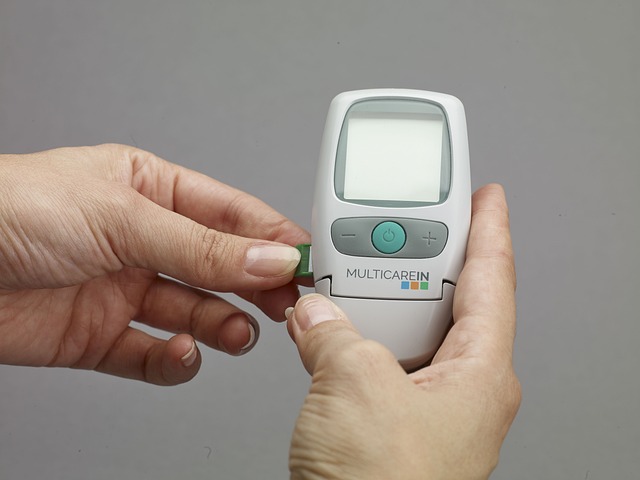
Accurate translations are paramount in the medical device industry, where clear and precise communication is a matter of life and death. Medical device manuals, often complex documents with specialized terminology, require professional translation services to ensure they remain reliable and effective in different languages. Inaccurate translations can lead to misdiagnosis, incorrect procedures, and even patient harm, making the process critical for safety and regulatory compliance.
In the UK, where medical device regulations are stringent, companies must trust experienced translators who understand both the technical jargon and cultural nuances of healthcare literature. Translation services specializing in medical devices should employ native speakers with extensive medical knowledge to capture the exact meaning and intent behind each term, ensuring the manual’s integrity across languages.
The Role of Professional Translation Services in Ensuring Precision
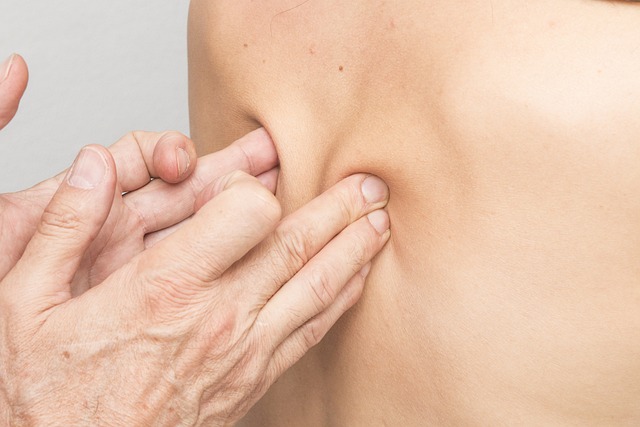
In the realm of medical device manuals, precision is paramount. When it comes to ensuring accurate translations, engaging professional translation services becomes indispensable. These experts possess the linguistic prowess and technical knowledge required to navigate the complex terminology and regulatory requirements unique to medical devices. By leveraging advanced tools and industry-specific glossaries, they guarantee that every detail, from clinical indications to safety precautions, is conveyed flawlessly in the target language.
Translation services for Medical Device Manuals UK play a crucial role in fostering global accessibility and user safety. Their meticulous approach involves rigorous quality assurance processes, including proofreading and editing by native speakers, to eliminate any ambiguity or errors. This level of professionalism is essential, as mistranslations could lead to incorrect device use, potential hazards, or regulatory non-compliance, making accurate translations a critical aspect of responsible medical device distribution worldwide.
Key Considerations when Choosing a Translation Provider
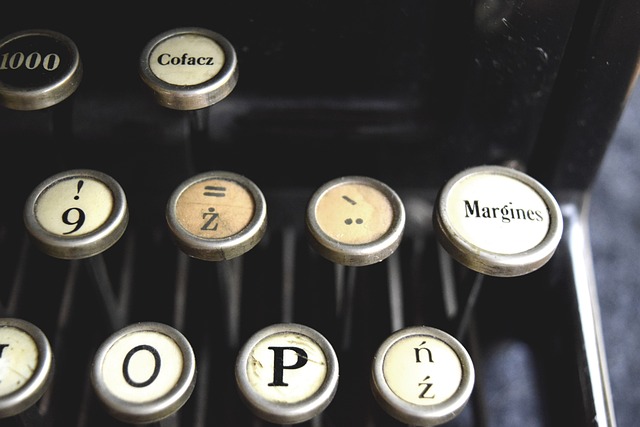
When selecting a translation provider for medical device manuals, several key considerations come into play to ensure accuracy and quality. Firstly, expertise in the field of medical devices is paramount. The translator or translation agency should have a deep understanding of medical terminology, regulatory requirements, and industry-specific language to deliver precise translations that meet legal and safety standards.
In the UK, where medical device regulations are stringent, choosing a provider with experience in handling similar projects and compliance with guidelines like MHRA (Medicines and Healthcare products Regulatory Agency) directives is essential. Look for native speakers or translators with a proven track record in translation services for medical device manuals to guarantee cultural sensitivity and clarity in the target language.
Developing a Comprehensive Translation Brief for Medical Literature
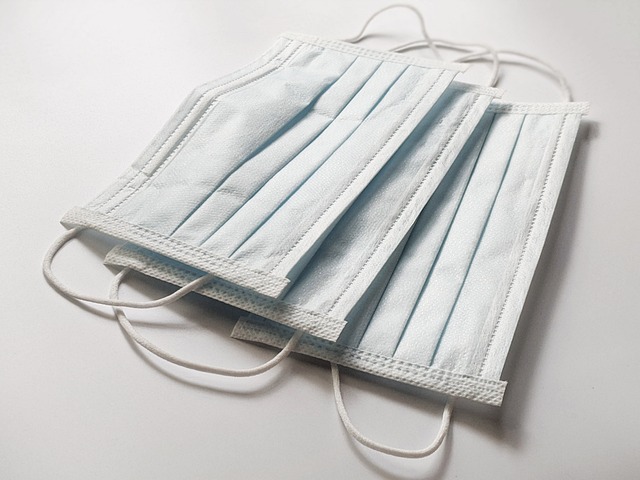
When it comes to translating medical device manuals, precision is paramount. A robust translation services for Medical Device Manuals UK should start with a comprehensive translation brief. This document acts as a roadmap, detailing specific requirements and goals tailored to the unique nature of medical literature.
The brief should include a thorough understanding of the target audience – their language proficiency, technical background, and cultural context. It must also outline the scope of translation, defining which sections require strict adherence to medical terminology and potentially even specialized glossaries. Additionally, specifying the desired tone and style ensures that the translated manual effectively communicates critical information while aligning with regulatory requirements.
Quality Assurance Processes: Verifying Accuracy and Consistency
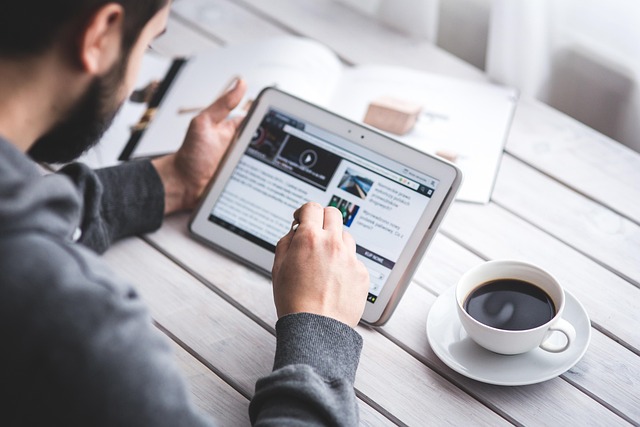
Ensuring accuracy in medical device manuals is paramount, especially given the critical nature of the information they contain. Translation services for Medical Device Manuals UK often implement rigorous quality assurance (QA) processes to verify both linguistic fidelity and conceptual correctness. This involves multiple stages of review by expert linguists who are not only fluent in the target language but also possess technical knowledge relevant to the device’s functionality.
Beyond individual translator skillsets, automated QA tools play a crucial role. These tools leverage advanced algorithms to detect potential errors, ensure consistent terminology usage across the entire manual, and identify any discrepancies between source and target text. By combining human expertise with technological precision, these processes guarantee that translated manuals not only convey the same meaning as their original counterparts but also meet the stringent regulatory standards required in the UK medical device industry.
Handling Technical Terminology Specific to the Medical Field
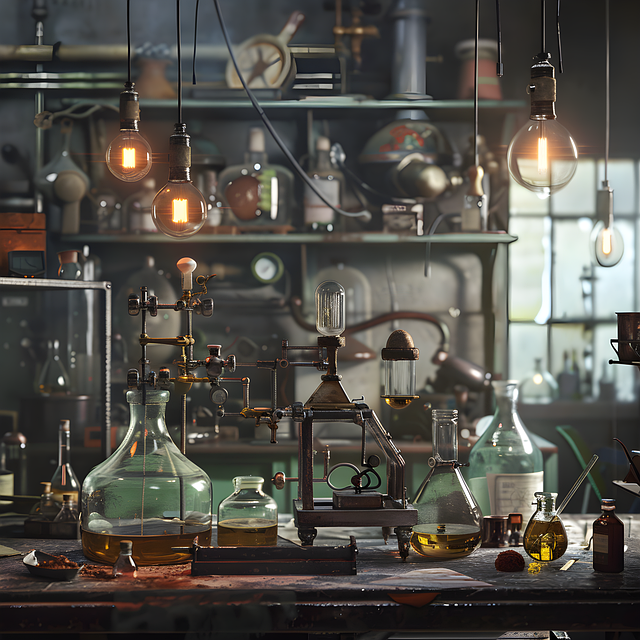
When translating medical device manuals, precision is paramount, especially when dealing with technical jargon unique to the field. The UK market requires translation services that can accurately convey complex medical terminology, ensuring the safety and effectiveness of the devices. This involves a meticulous process where linguists with medical expertise collaborate closely with subject matter experts (SMEs) who understand the nuances of medical device functionality.
Specialized translation tools and software are employed to maintain consistency in terminological choices, but human oversight remains crucial. The translation team must stay abreast of the latest medical advancements and industry standards, ensuring that technical terms remain up-to-date and accurate. This dedicated approach guarantees that users across diverse linguistic backgrounds receive clear instructions, enhancing device safety and user satisfaction, especially within the stringent regulations of the UK healthcare sector.
Cultural Adaptation: Localizing Manuals for Global Audiences
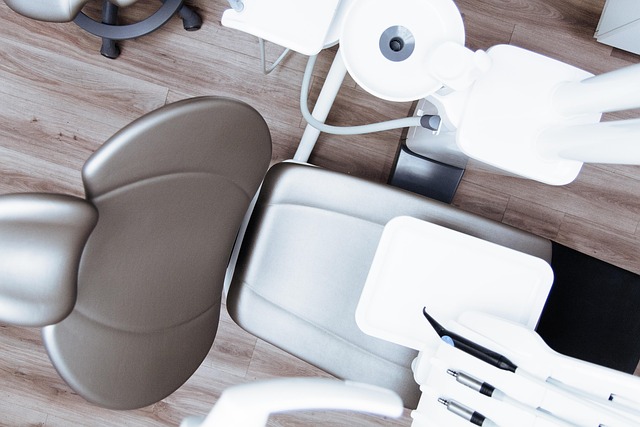
When translating device manuals, especially for a global audience, cultural adaptation is a critical step that cannot be overlooked. Medical device manuals require precise and clear communication to ensure user safety, and this doesn’t stop at language barriers. Professional translation services understand the importance of localizing content, adapting it to the cultural nuances of each target market.
For instance, in the UK, medical devices are regulated by stringent standards, and users expect comprehensive, accurate information. Translation companies specializing in medical device manuals employ linguists with domain expertise who grasp these regulations and can convey them effectively in different languages. This involves not just translating words but ensuring that cultural references, instructions, and even humor (if applicable) resonate with readers worldwide while maintaining the integrity of the original content. Localizing manuals for global audiences is a delicate process that demands precision and a deep understanding of both language and culture.
Post-Translation Review and Feedback Loops

Post-Translation Review and Feedback Loops are vital components in ensuring accurate translations of medical device manuals. After initial translation, a comprehensive review process is essential to catch any nuances or technical errors that might have been missed. This involves subject matter experts who double-check the accuracy of scientific terminology, safety protocols, and regulatory compliance.
Feedback loops are established between translators, reviewers, and clients in the UK, facilitating continuous improvement. Client feedback plays a crucial role by highlighting areas where the translation didn’t quite capture the intended meaning or context. This iterative process helps refine future translations, ensuring consistent quality for medical device manuals across various languages.
Continuous Improvement: Staying Updated with Medical Advancements
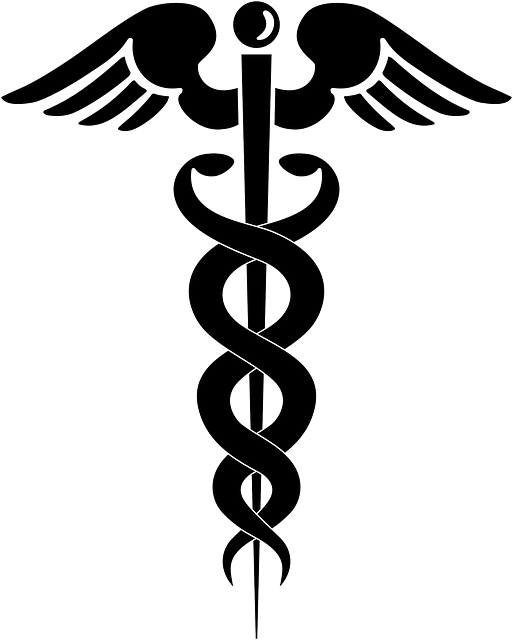
In the dynamic field of medical device development, staying ahead of the curve is paramount. As technology evolves and medical practices advance, ensuring that device manuals keep pace with these changes is a continuous challenge. This is where professional translation services for Medical Device Manuals UK play a vital role.
Regular updates are essential to accurately reflect the latest in medical advancements, safety protocols, and regulatory requirements. Reputable translation companies specializing in this domain employ experts who not only possess linguistic prowess but also have deep knowledge of medical terminology and practices. By integrating these updates into their processes, they guarantee that translated manuals remain precise, comprehensive, and compliant with international standards, thereby facilitating safer and more effective device utilization worldwide.
Ensuring accurate translations of medical device manuals is paramount to effective communication, patient safety, and global market access. By leveraging professional translation services that specialize in medical literature, adhering to stringent quality assurance processes, and integrating continuous improvement with cultural adaptation, companies can confidently meet the demanding requirements of the UK market and beyond. Choosing a reputable provider specializing in translation services for Medical Device Manuals UK is a strategic step towards ensuring clear, consistent, and technically sound documentation that facilitates safer use and wider adoption of medical devices worldwide.
